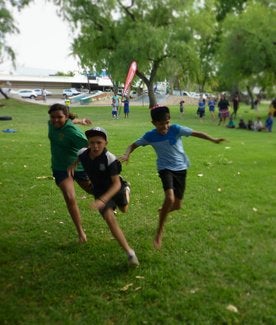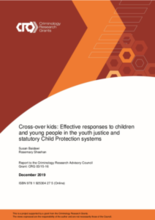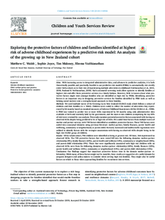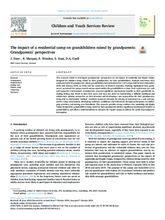

Displaying 211 - 220 of 653
This paper from the Australian Institute of Criminology presents selected findings of a detailed case file audit of 300 crossover children (children from child protection backgrounds in the youth justice system) appearing before the Children’s Court of Victoria, Australia in 2016–17.
Drawing on the findings of a Churchill Fellowship study tour, this article discusses the need to expand understanding of family engagement and, in particular, to implement Family Inclusive practice in Australian child welfare, both to increase reunification and to improve outcomes for children who do not return home.
The present review addressed the research question What evidence is there that parenting interventions conducted with parents who maltreat their children, reduce the incidence of further child maltreatment?
In this article, Patricia O'Rourke describes the way in which she applies psychodrama in her therapeutic reunification work with parents and babies in the child protection system in Australia.
The study set out to examine the extent to which children and young people before the Criminal Division of the Victorian Children’s Court in Australia were also clients of the statutory Child Protection system, and to better understand the characteristics of this group.
The purpose of this study was to estimate the costs of hospitalization for physical and mental health conditions by child protection status, including out-of-home-care (OOHC) placement, from birth until 13-years, and to assess the excess costs associated with child protection contact over this period.
This Australian longitudinal, qualitative study explored child protection worker perceptions and experiences of resilience to inform understandings of worker resilience, and implications for worker functioning and workforce retention.
This Australian longitudinal, qualitative study explored child protection worker perceptions and experiences of resilience to inform understandings of worker resilience, and implications for worker functioning and workforce retention.
The aim of this study was to identify what protective factors might exist amongst families who are identified as high risk by predictive risk models (PRMs).
This research aimed to investigate grandparents’ perspectives on the impact of Leadership and Respite Camps, designed for children being raised by their grandparents, on their grandchildren.



